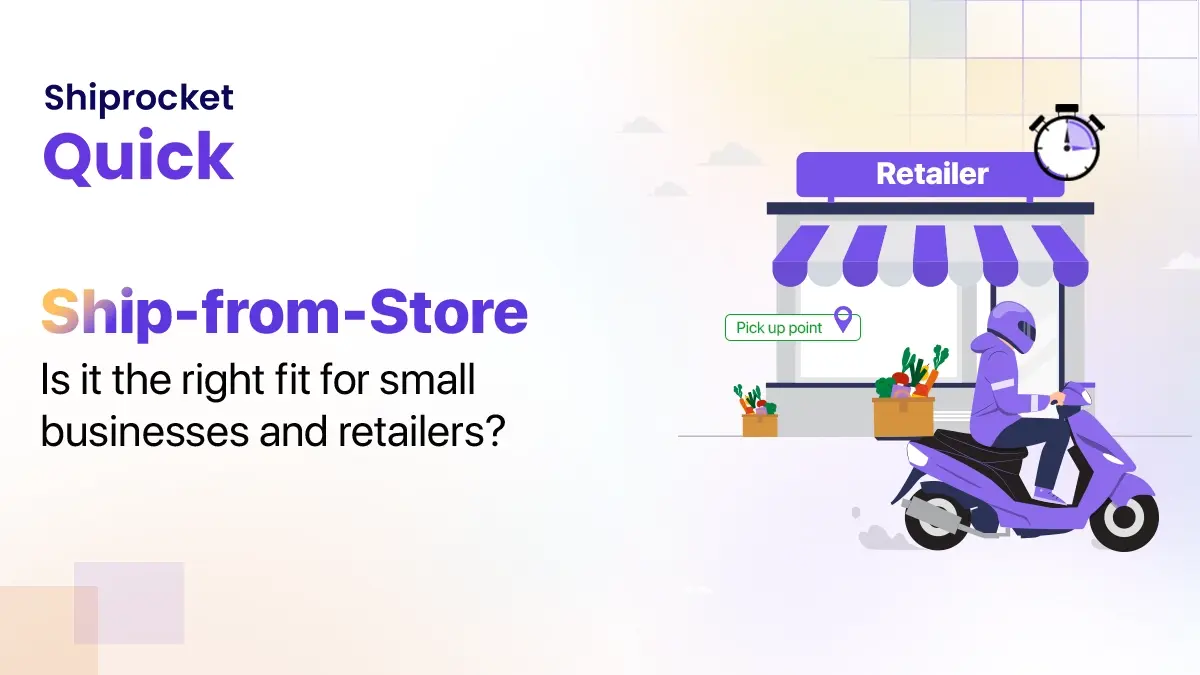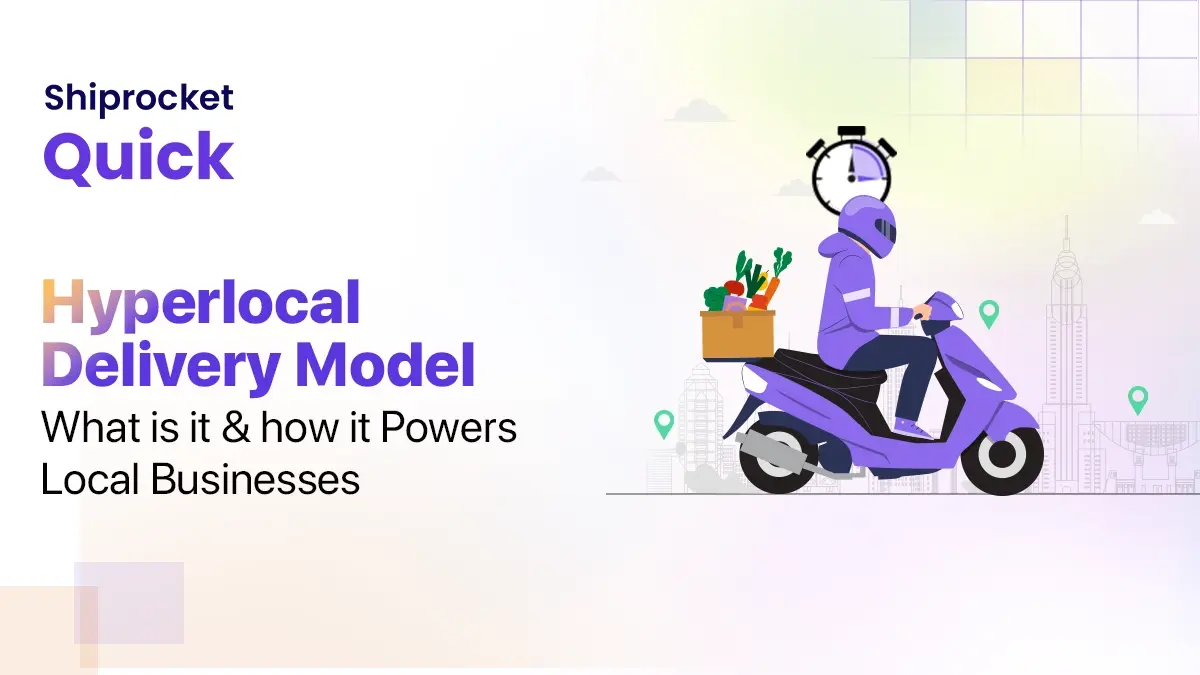7 Steps to Formulate the Right eCommerce Marketing Strategy
Figuring out what to sell, how to sell, and how to generate traffic is easier said than done. It can take a year or two to have one’s ducks in a row. Marketing an eCommerce store is kind of like nurturing a baby.
Even after getting everything streamlined, there are chances that you could be led off the mark by the latest innovations in eCommerce.
Marketing your eCommerce store effectively so that it resonates with the audience effectively can be tricky but it is not impossible.

Given the wide range of eCommerce tools and growing competitors, you need to develop a solid eCommerce marketing plan.
The following approach work as a mentor to budding entrepreneurs. It ensures that they spend enough time thinking things through.

1. Finding the Right Target Audience
This is the first and foremost step before you begin to formulate any marketing strategy. Finding a target audience means you will be able to build your eCommerce store for potential customers. And without understanding your ideal buyer, you will never be able to market your product effectively.
- First, figure out where it will be most in-demand and the problems it can solve.
- Next, refine your target market by identifying who has purchased your product already.
- Paint a picture by using behavioral data – Track footprint of the potential customers to narrow down on your target audience.
- Segment your customers. This assists you to cater to users better as well as rightly mold promotional messages.
2. Define Your Sales Cycle
Every eCommerce business is unique. How long does it take a customer to make a purchase on your website? Understand the process through which the customer makes a purchase. This process assists in creating the best eCommerce marketing strategies possible.
If you are unaware of how long it takes a customer to complete your sales cycle, it will be difficult to choose the platforms you should be advertising on. Does the potential customer coverts in a day, a week, or a month? Research and testing are two pillars of defining your cycle.
Conduct surveys and install A/B testing software to check what are the roadblocks on your website. This will help your eliminate any distractions on your website and ensure that the sales cycle will reduce.
3. Choose the Correct Marketing Tools
Unless your starting capital is in eight digits, you can’t hope to set up effective teams for each and every task that you can think of. It is considered ideal that you decide a number of tools that will be useful in surmounting your challenges. Moreover, there are no set criteria here. Evaluate the overheads (cost, people time, and more) as well as the likelihood of the returns in choosing the correct set of tools.
Look out for relevant email tools that help you send promotional and official emails to your customers. Segment your users accurately to ensure that you actively reach out to a mass number of customers.
Next, research about social media tools that can help you plan your social media marketing strategy. Schedule posts and find out the engagement they bring.
Finally, keep track of your website ranking with SEO tools and follow keyword trends actively.
4. Know Your KPI’s
You really don’t want to go wrong at this stage; it’s pretty simple- just make sure you measure the factors which will have an impact on your organization’s targets and goals.
KPI’s are closely connected with “conversion.” This can be defined as ‘the valuable interaction someone has with your online presence.’ It’s entirely up to you to choose what to track depending on what you’re looking to achieve.
But, the conversions should be specific (i.e., easy to define and measure) and vital (for example, a customer filling contact form after making the purchase).
A few KPIs that you must be actively looking at include average order value, cart abandonment rate, repurchase rate, customer lifetime value, etc.
5. Look For Appropriate Marketing Tactics
After establishing a solid foundation, it’s time to get into actual tactics and strategies! These will help you drive traffic on your website, turning visitors into leads and finally converting them into paying customers.
Consider the appropriate channels like Facebook, Twitter, Instagram, LinkedIn, AdWords, or a similar platform. Also, give complete importance to SEO so that you also stay relevant on organic channels. That is where most of your traffic comes from.
AI marketing campaigns can further optimize your reach by analyzing user behavior and automating ad placements for better engagement. AI-driven insights help refine targeting, personalize content, and maximize conversions by delivering the right message to the right audience at the right time
Get a headstart on developing a high-performing paid media strategy. This will assist you in overall eCommerce marketing.
6. Collect Feedback on the Process
Formulating eCommerce strategy involves listening carefully to what other teammates have to say. Your team members can give you accurate feedback on the kind of problems they have faced previously and how the process can be improved to make it simple for them.
Team recommendations can boost individual efforts. Also, the members who work on building customer relationship can give valuable information and a fresh perspective.
7. Test, Rinse, Repeat
Evolving a culture of testing is really important for a great marketing strategy. Testing the eCommerce marketing strategies is not all about getting the right metrics and procedures. But, it’s also about being culturally oriented towards testing every move of marketing. So when a tool or tactic passes that test, then you rinse and repeat to get a step closer to success.
Sounds difficult? It’s not. Remember, when you get your marketing strategies right, this entire grinding seems like a whole lot of common sense. Figure out which marketing strategy works best for you. What can you do better than your competitors? In order to grow your business, the above steps need to be appropriately executed. Experiment and get creative!







